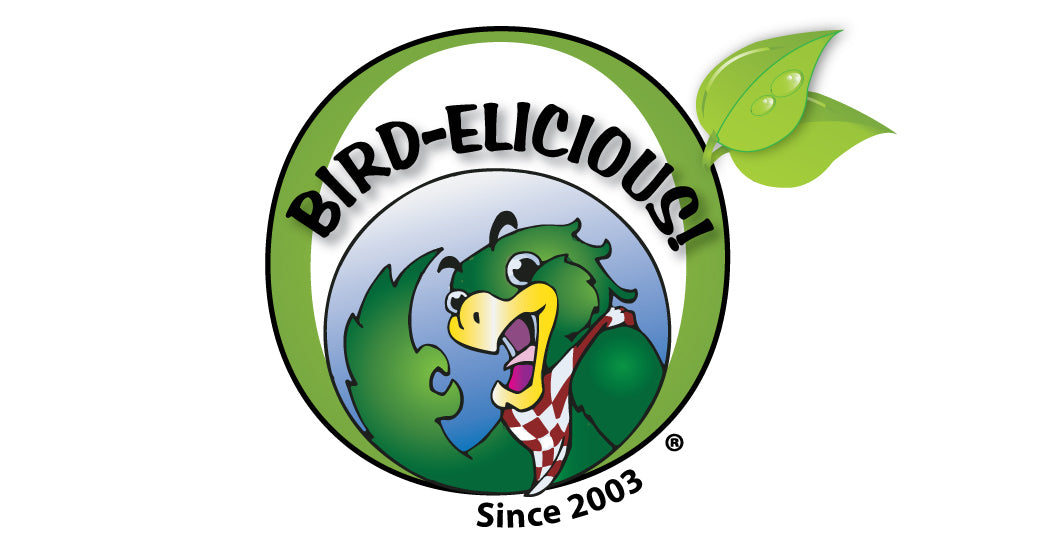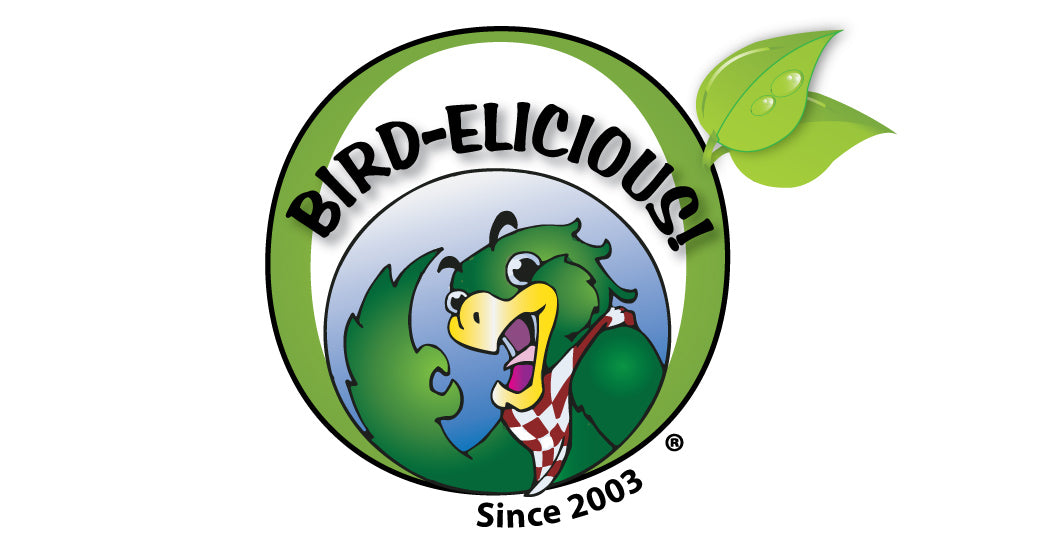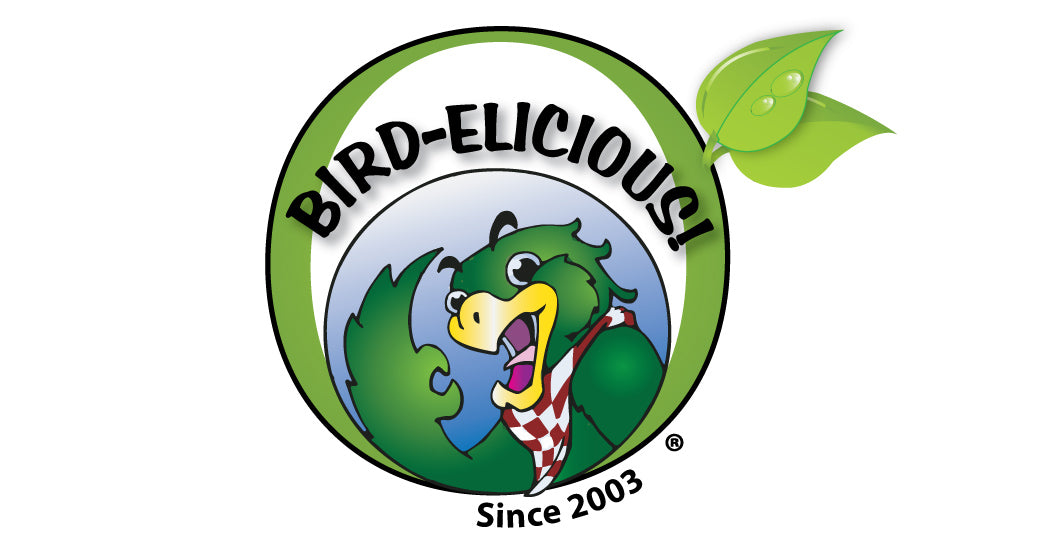Many a bird-lover loves quinoa, but is it “all that?”
When fed sprouted, yes I think it can be…with some amount of caution.
Quinoa is another seed often mistaken for a grain, but it is commonly known as a “pseudo-grain” similar to millet and amaranth.
I only serve quinoa to my flock as a sprouted seed, never cooked.
First and foremost let’s understand when served cooked we are totally destroying some of the best nutrition any food has to offer, and it’s no different with quinoa. Subjecting any food to temperatures over 115 degrees destroys the foundational building blocks known as “digestive enzymes” to all of the other nutrients in each individual food. Water boils at 212 degrees Fahrenheit so steaming is not an option to keep all nutrients alive and active. Baking at low temperatures is not an option when the lowest setting of a conventional oven is 170 degrees Fahrenheit. I am not familiar with convection oven temperatures and baking experiences and therefore cannot comment. In my opinion microwaving is simply not an option. (1)
Without digestive enzymes the naturally occurring dietary proteins (amino acids), fatty acids (Omega 3s), carbohydrates (fiber), as well as the naturally occurring vitamins (which are destroyed by cooking heat too) and minerals cannot be completely absorbed! So even if cooking helps remove some of the anti-nutrients like phytic acid which binds minerals like calcium, cooking destroys some of the most vital and necessary nutrients like digestive enzymes. Our birds can always obtain bio-available calcium from other sources, but where are they going to receive naturally occurring digestive enzymes from if not from living foods?
This is why I always serve all of my birds’ foods in an “active and live” form such as fresh, sprouted or dehydrated, never, never cooked. I have been serving foods in this manner since 2001 when I first realized that exotic birds in the great, wild outdoors consumed live foods and had no way of cooking their foods! I used to cook grains and beans only because the consensus in the “greater avian community” was that it was necessary in order to remove certain toxins and to remove the phytic acid. Once I performed my own research revealing this was incorrect information I stopped cooking specific grains and legumes, stopped feeding other legumes all together that should not be fed in sprouted form and began feeding only sprouted legumes for their live nutrition. Suffice to say I am quite pleased to see this method of sprouting and dehydrating finally catching on with such gusto in our overall avian community!
In regards to quinoa, just how does cooking versus sprouting quinoa improve its overall nutrition and bioavailability? Let’s keep in mind that any manner of cooking food releases the nutrients in the moisture that is formed and lost via that moisture while cooking. Unless the water of that food is served along with the cooked food all of the nutrients that leach into that moisture is totally lost, but wait that’s not all. Heat itself totally destroys digestive enzymes and delicate Omega 3s and there is no way to regain those nutrients without adding isolated sources back into the diet. OH, but wait! THAT’s not all! If the water IS consumed guess what it contains? THE PHYTIC ACID WE JUST WORKED SO HARD TO REMOVE! Let’s take a look at the main nutritional profile of quinoa, both uncooked and cooked according to the USDA National Nutrient Data Base.
Uncooked
Protein 24.00
Fat 10.32
Carbohydrate 109.07
Fiber 11.9
Calcium 80
Magnesium 335
Phosphorus 777
Potassium 957
Vitamin A 26
Vitamin Bs (No B12) 317.57
Vitamin C 0
Cooked
Protein 8.14
Fat 3.55
Carbohydrate 39.40
Fiber 5.2
Calcium 31
Magnesium 118
Phosphorus 281
Potassium 318
Vitamin A 9
Vitamin Bs (NoB12) 79.39
Vitamin C 0
And then there is sprouted quinoa:
Sprouted RDA Humans
Protein 5-8grams; 15%
Fat 3grams
Carbohydrate 30grams
Fiber 4-5grams
Calcium 4% of RDA
Magnesium 30% of the RDA
Phosphorus 28% of the RDA
Potassium 9% of the RDA
Vitamin A Not Available
Vitamin B 10%+ of RDA
Vitamin C 0
(Ref: http://www.fatsecret.com/calories-nutrition/truroots/sprouted-quinoa; http://authoritynutrition.com/11-proven-benefits-of-quinoa; https://sproutpeople.org/quinoa-sprouts)
Unfortunately as we all know it is very difficult to find accurate nutritional profiles on sprouted foods at this point in time. Hopefully science will eventually catch up with those of us eagerly awaiting this type of information. With the little amount of information we do have many of us have come to know that sprouting generally increases the bioavailability of dietary protein, Vitamin A, the B vitamins as well as Vitamin C for those foods that contain those nutrients. (2)
Some people feed quinoa for the amount of quercetin it contains known as a “flavonal” which is a much-touted anti-oxidant. (3) However it is not yet clear, through in vivo and in vitro studies if quercetin is actually bio-available to a living creature. And if it is it probably requires a co-factor such as Vitamin C found in other foods such as fruits high in naturally occurring Vitamin C. (4) A problem exists with this though; when too much Vitamin C is fed along with any food containing quercetin strange phenomena begin to occur; the quercetin seems to become almost toxic to the system to some living creatures who may suffer auto-immune disorders. Symptoms such as sneezing, wheezing, itching, redness of skin, and in the case of our exotic birds even feather destruction may occur. (5) This pretty much leaves out many of the foods we would feed to our birds such as all fruits and for those who feed vegetables, those foods too. (6) (7) As loving bird caregivers each of us would need to use due diligence and research each food in depth to find the quercetin level PLUS the Vitamin C levels in each food we are adding to the overall diets of our birds in order to be sure that the individual foods, when combined do not have the potential to act as anti-nutrients for our feather destroyer(s), or have the potential to start an immune problem in an otherwise healthy bird.
Quinoa itself does not intrinsically contain Vitamin C, probably designed by Nature for good reason. With all of the naturally occurring Vitamin C in so many other foods quinoa doesn’t need its own source of Vitamin C! So just be careful how much quinoa you feed to your bird(s) regardless if you sprout or cook. (Please don’t cook) In fact, just be careful how much quercetin-containing foods you feed to your flock overall! Many times “more” is not better; everything in moderation and balance!
Oh, by the way, quinoa is technically gluten-free, but it does contain storage proteins that can mimic proteins found in wheat, barley and rye. In addition it contains lectins. Together these naturally occurring constituents can disrupt the digestive tract and cause or add to auto-immune problems as well as “the leaky gut syndrome” my research is now revealing exotic birds can suffer. (8)
What all of us are learning through the research and clinical studies I am conducting is that nutrition for our intrinsically wild-at-heart exotic birds is not a snap! Every one of us who care, truly care with love, adoration and real respect for these creatures MUST go the extra mileS to ensure we are creating the best environments and optimum nutrition for the very species we have come to absolutely admire! No matter how difficult or how expensive this endeavor may be. “We are now forever responsible for what we have tamed.” ~ Antoine de Saint-Exupery (Paraphrased)
For instructions regarding how to sprout please visit our documents in our “Files” section here:
https://www.facebook.com/groups/444403649053959/449952525165738 AND https://www.facebook.com/groups/444403649053959/494623637365293 .
(Ref: (1) http://www.greenmedinfo.com/blog/studies-show-microwaves-drastically-reduce-nutrients-food; (2) http://www.sproutnet.com/sprouts-for-optimum-nutrition; (3) https://umm.edu/health/medical/altmed/supplement/quercetin; (4) http://www.jyi.org/issue/a-review-of-quercetin-chemistry-antioxidant-properties-and-bioavailability; (5) http://lifestyle.iloveindia.com/lounge/quercetin-side-effects-9343.html; (6) http://www.immunehealthscience.com/support-files/quercetin_content.pdf; (7) http://www.quercetin.com/overview/food-chart; (8) https://www.glutenfreesociety.org/is-quinoa-a-safe-gluten-free-food-alternative.
©2015.9.26 Machelle Pacion Passion Tree House LLC All Rights Reserved




Leave a comment (all fields required)